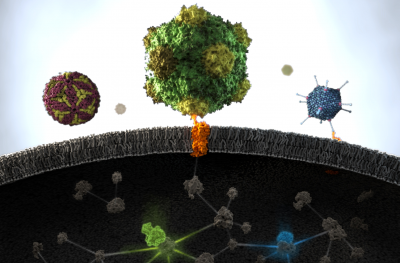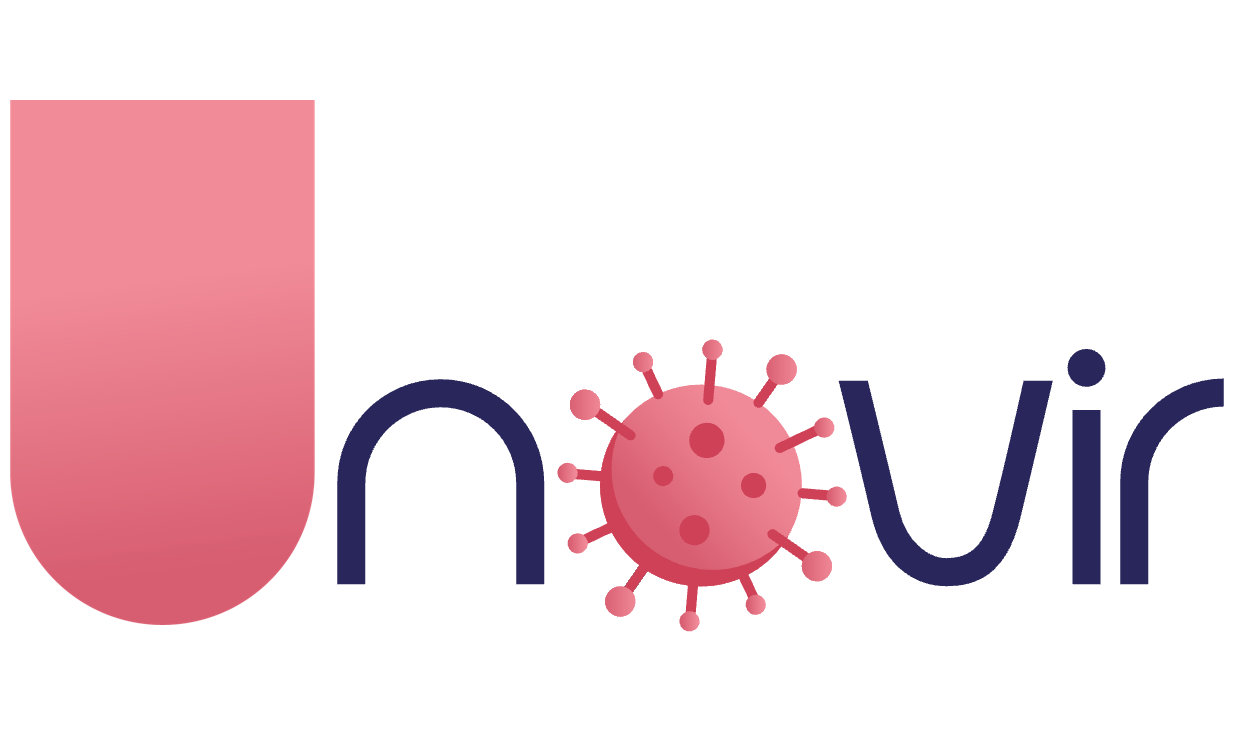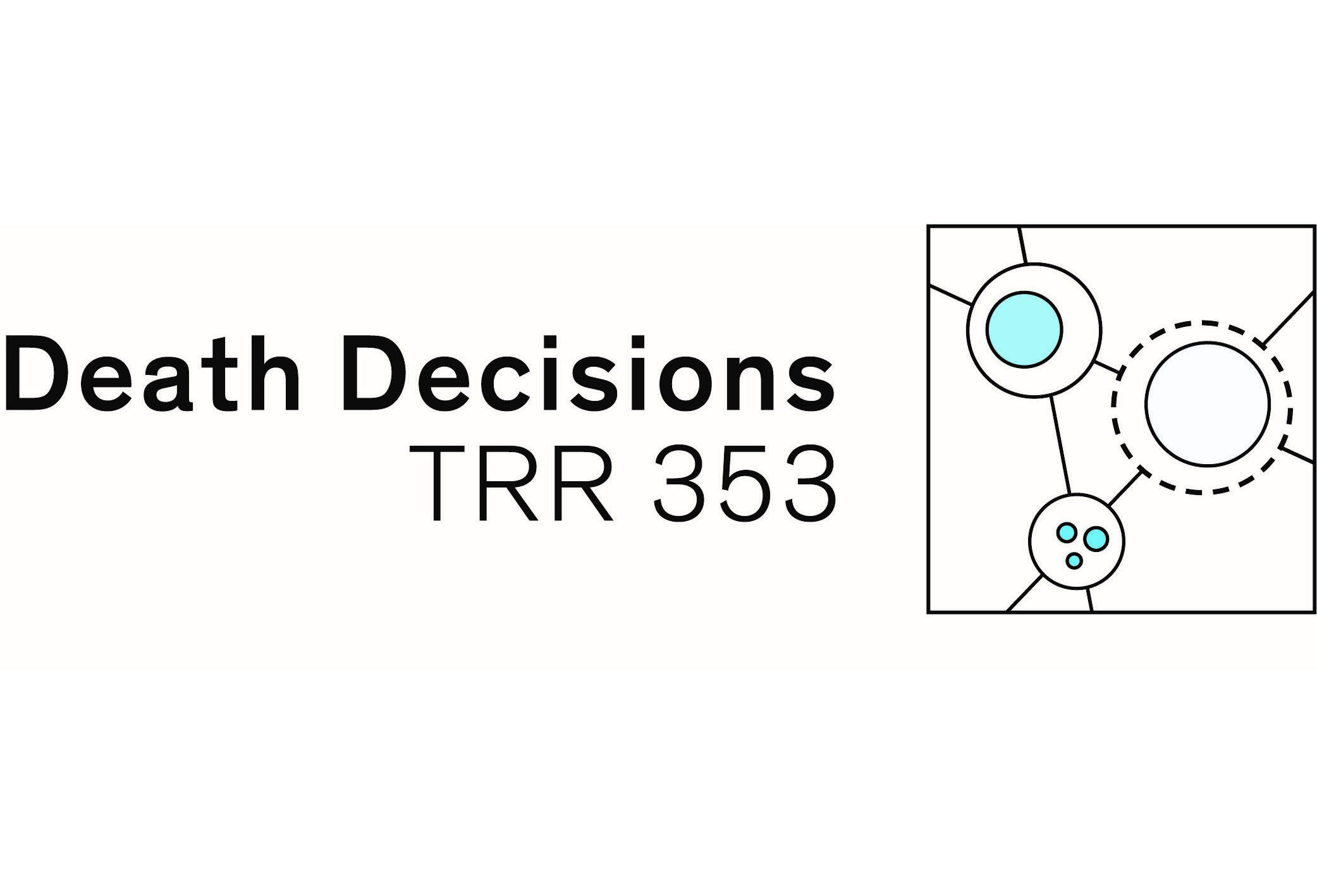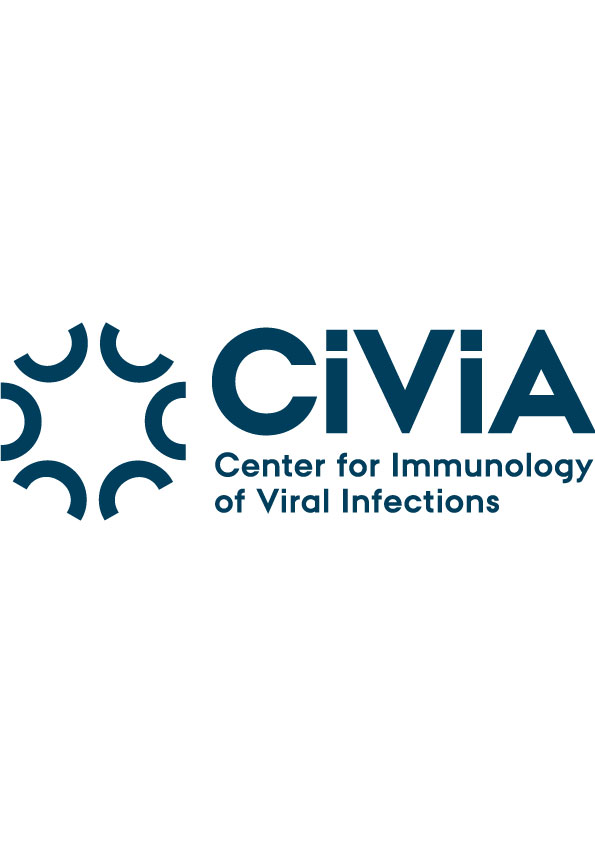Microbes (viruses, bacteria etc) and their hosts (complex multicellular organisms) co-exist for millions of years. This co-evolution led to the development of intimate interactions between both parties. Such interactions may be essential for the pathogen to replicate (e.g. recruitment of host factors) or for the host to limit spread of the pathogen (e.g. proteins of the innate immune system). Some pathogenic microorganisms, however, can evade the immune system and accellerate disease. Our group is interested in understanding the interactions between pathogenic viruses and their hosts on molecular and functional levels, focusing on RNA-protein and protein-protein interactions.




ERC funds research on mRNA-based antiviral clinical research.
Joining forces with our Danish friends at the Center for Immunology of Viral infections (CiViA)!
Prof. Dr. Andreas Pichlmair
Immunopathology of Virus Infections Laboratory, Institute of Virology, Technical University of Munich
Einsteinstr. 25, D-81675 Munich, Germany
tel: +49 (0) 89 4140 9270, email: andreas.pichlmair@tum.de
https://www.mri.tum.de/datenschutz
Der Datenschutzbeauftragte des Klinikums ist unter Klinikum rechts der Isar, Stabsstelle Datenschutz, 81664 München oder unter 089/4140-0 oder datenschutz@mri.tum.de zu erreichen.
Der Datenschutzbeauftragte der TU München ist unter beauftragter@datenschutz.tum.de zu erreichen.